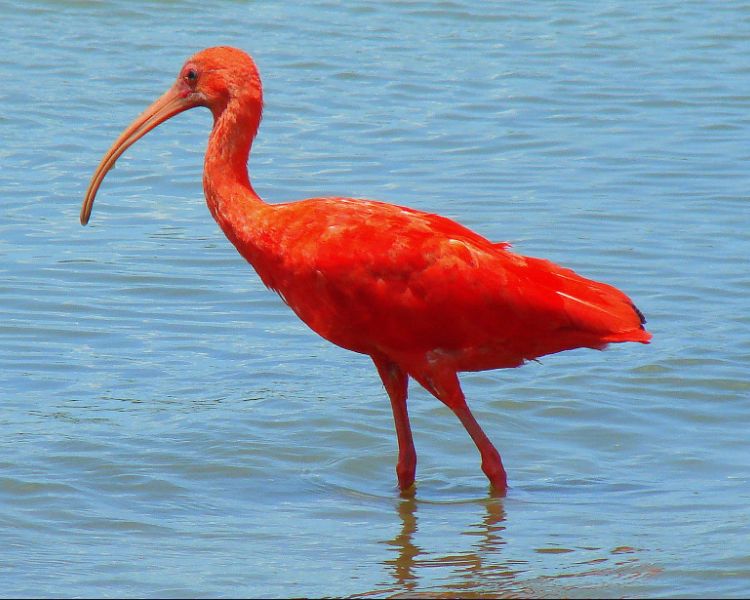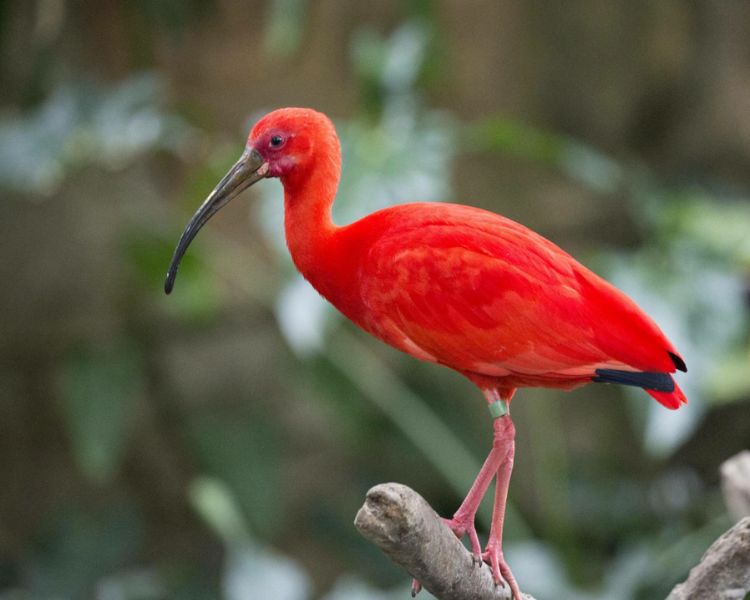Immerse Yourself in the Captivating World of the Scarlet Ibis: Nature’s Living Artistry

Immerse yourself in the captivating world of the Scarlet Ibis, where nature’s living artistry unfolds in a mesmerizing display of vibrant colors and graceful elegance. This striking avian species, native to the wetlands of South America and the Caribbean, is renowned for its breathtaking plumage, which ranges from deep scarlet to fiery orange, set against contrasting hues of black on its wings and tail feathers. As the Scarlet Ibis takes flight against the backdrop of its natural habitat, it becomes a living canvas, showcasing the intricate beauty and harmonious balance of the natural world.

The Scarlet Ibis’s vibrant colors are not only a feast for the eyes but also a testament to the bird’s remarkable adaptability and resilience. Its distinctive hue is derived from the carotenoid pigments found in the crustaceans and other aquatic organisms that make up a significant portion of its diet. Through a process called bioaccumulation, these pigments accumulate in the bird’s feathers, resulting in the striking scarlet and orange hues that have captivated observers for centuries.

But it is not just the Scarlet Ibis’s brilliant plumage that captivates; it is also the bird’s graceful movements and social behaviors that make it a truly captivating sight to behold. Whether soaring gracefully through the air in a synchronized flock or foraging for food along the muddy banks of a mangrove swamp, the Scarlet Ibis exudes an air of effortless grace and elegance that is unmatched in the avian world. Its long, slender neck and slender legs add to its ethereal beauty, while its distinctive curved beak is perfectly adapted for probing into the soft mud in search of prey.

Beyond its aesthetic appeal, the Scarlet Ibis also plays a vital ecological role in its native habitat, serving as an indicator species for the health of wetland ecosystems. As a highly specialized feeder, it relies on the abundance of small crustaceans and other invertebrates found in marshes and mangroves, making it particularly sensitive to changes in water quality and habitat degradation. By monitoring populations of Scarlet Ibises, conservationists can gain valuable insights into the overall health of these fragile ecosystems and implement measures to protect and preserve them for future generations.

In conclusion, the Scarlet Ibis is a true masterpiece of nature, a living testament to the beauty and complexity of the natural world. Its vibrant colors, graceful movements, and vital ecological role serve as a reminder of the interconnectedness of all living things and the importance of preserving our planet’s biodiversity. As we immerse ourselves in the captivating world of the Scarlet Ibis, we are reminded of the awe-inspiring wonders that await us in nature’s living artistry.






